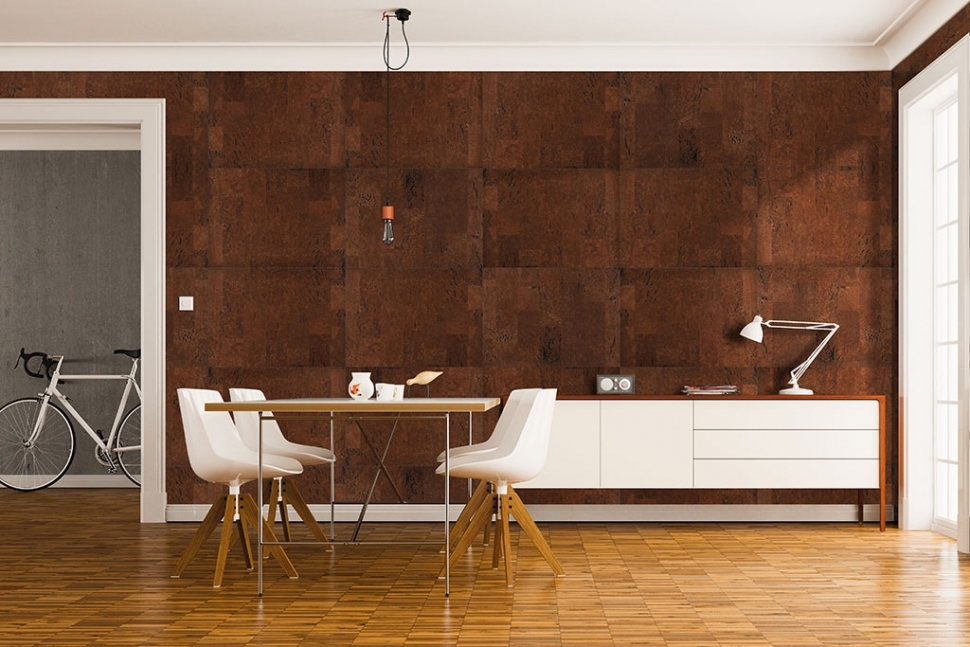Cork – Not Just Another Wine Stopper – Part 1
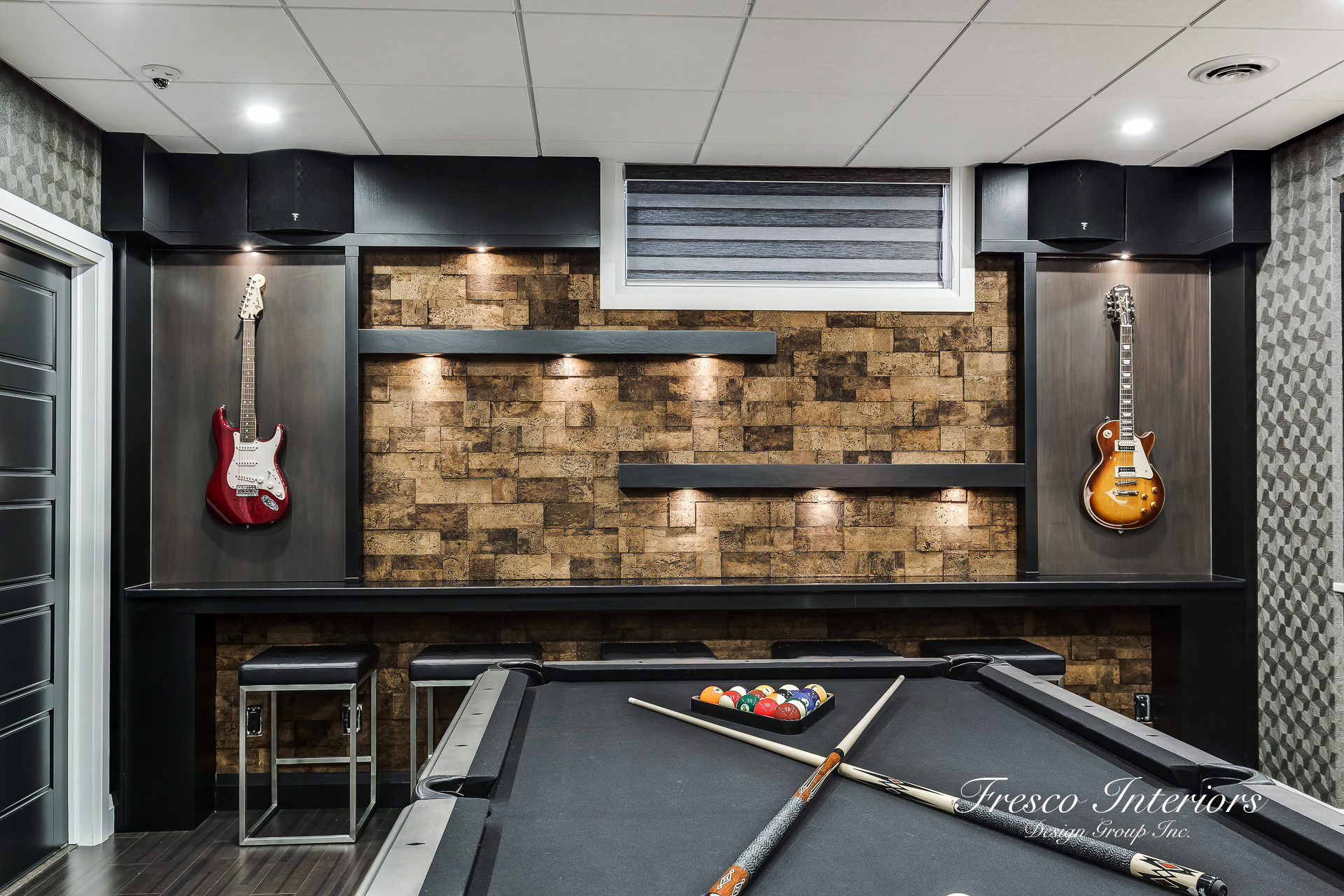
The “world is a-changing!”
Cork is a great product for today’s world. It has come into vogue in a major way as it a “green renewable, recyclable resource” that you don’t have to feel guilty about cutting down old growth forests or long lasting effect on the environment using plastics or vinyl. Due to these reasons, it is considered top interior finish for use these days. Some fascinating features of this product are disussed by this months guest blog submission
Guest Blogger – Jim Hill From Hill Architectural Solutions – Calgary
Looking for a Green alternative to finish your décor? Something that will not have you feel guilty about removing it from the environment. Have you thought about CORK?
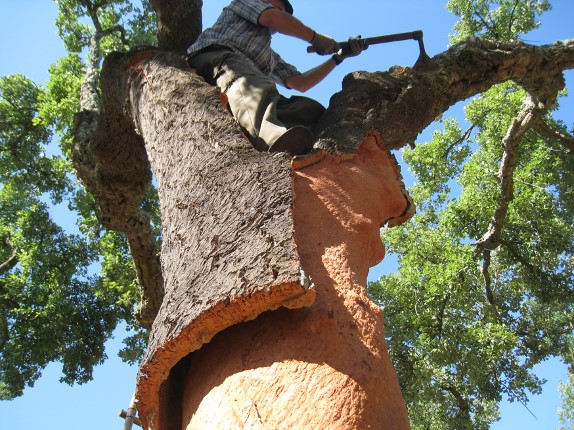
Sustainable and Recyclable
Natural Cork is a natural product that is both renewable and recyclable. The cork itself is harvested from the bark of the Cork Oak tree to make bottle stoppers primarily for the wine industry and waste from this process is then ground up to make cork flooring and acoustic wall tiles as well as number of other products. In this process, the Cork Oak tree is not cut down but stripped of its bark, which regenerates and can be re-harvested every 7-9 years for the life of the tree. This process is both renewable and recyclable, two important components of the ecological movement.
History of Cork
The manufacturing process for cork flooring has been around for over a hundred years and many floors installed in the 1920’s and 1930’s are still beautiful viable floors today.
The usefulness of cork has been known for generations. Dom Perignon was the first recorded user of cork as a bottle stopper for champagne bottles. The cellular construction of cork makes it not only highly resilient and compressible, and the closed cells make it impervious to water. The air-filled cells make cork a great thermal insulator and the compression of the air soaks up sound energy as well. Cork as a flooring or wall material is warm and quiet.
Cork as Flooring
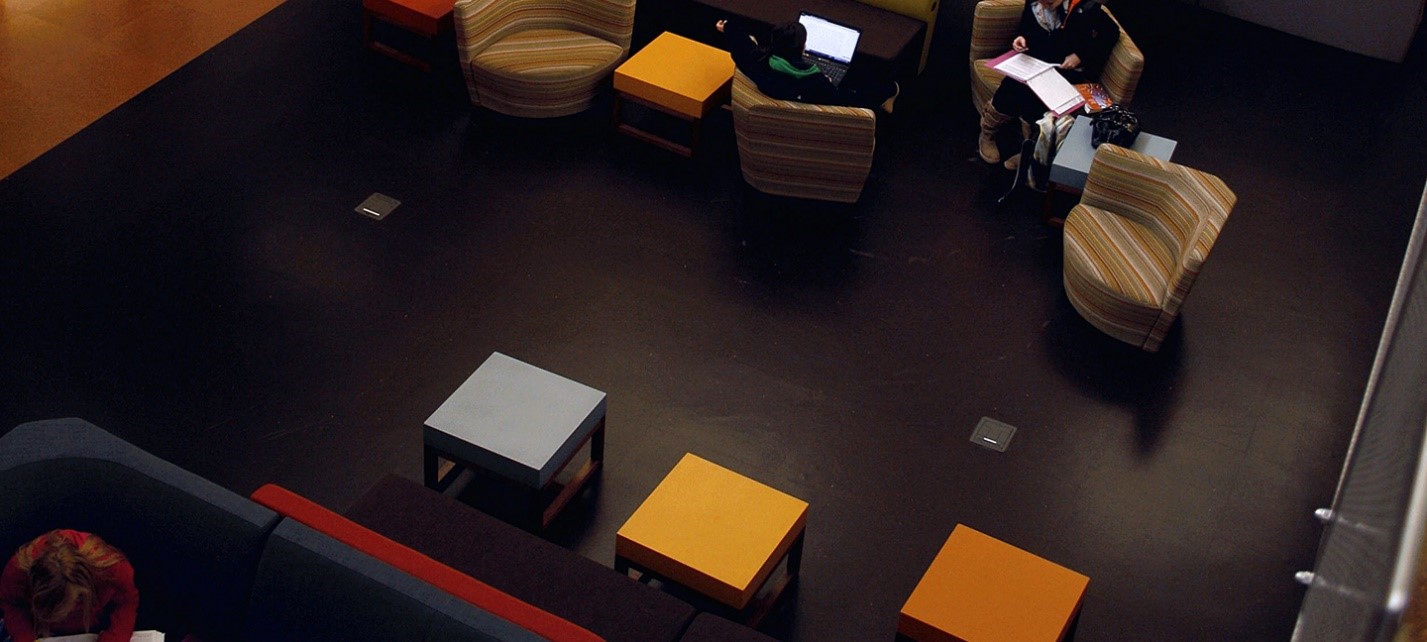
Cork flooring has the longevity of wood with the comfort of rubber. Cork has long been commonly used in libraries, universities, churches, corporate offices, and residential applications. Only recently has cork found a niche in spas, restaurants, and hotels.
The beauty of cork is that it can be burned to darken it, stained (coloured) with dyes and even covered in veneers to provide different looks, durability, and price points. The homogenous versions if cork can be extremely long lasting. With ongoing maintenance, homogenous cork flooring can last for decades with periodic sanding and sealing of the surface to restore the luster to its original form.
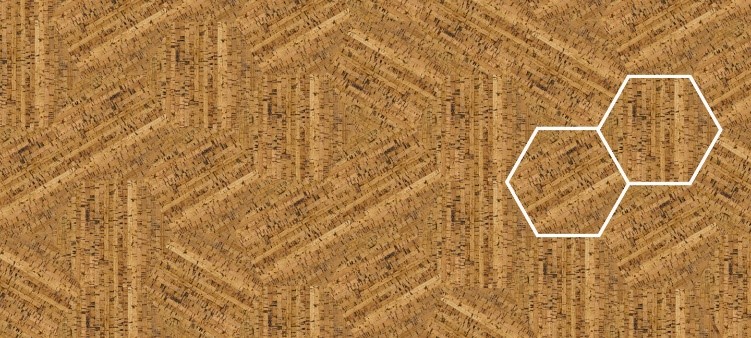
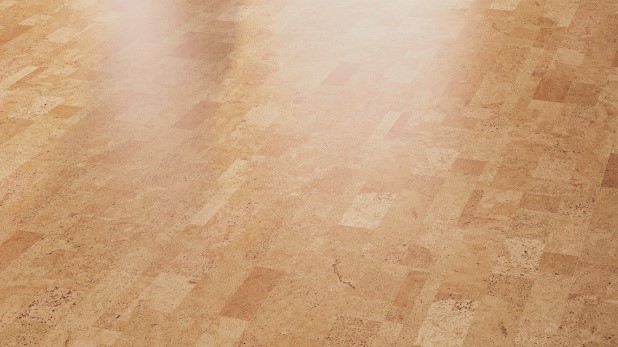
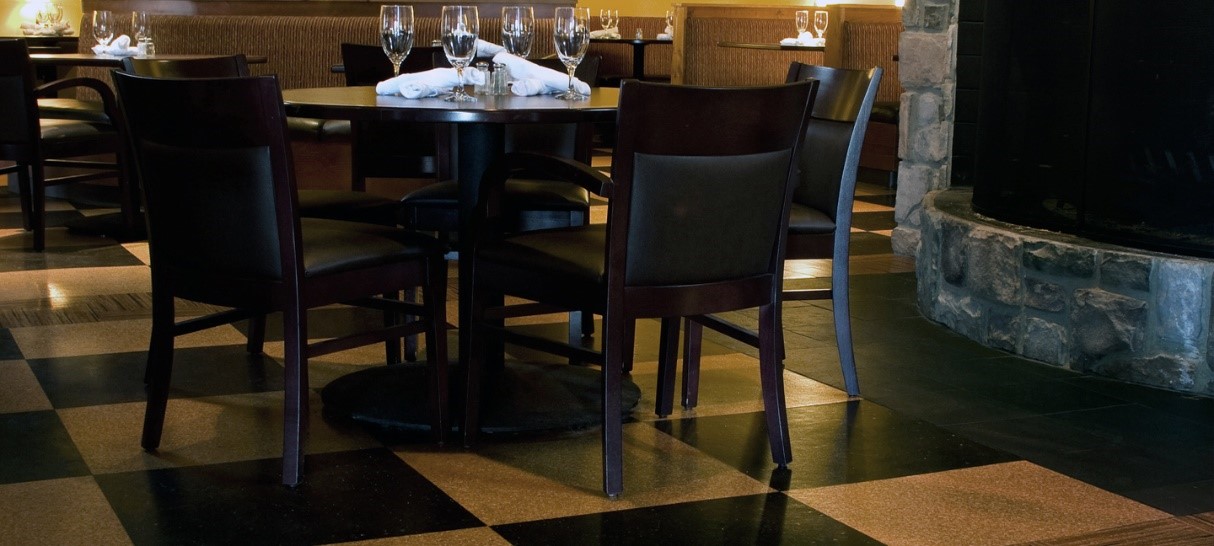
Cork Floor Differences
As mentioned before, cork flooring construction will impact its long-term durability and maintenance, its appearance and cost. If a long-lasting solution is desired, homogenous cork options should be focused on. If price and aesthetics are paramount, then stained (coloured) or veneered options would be preferable. Cork can also be floated or glued down as possible floor installations, the glue option would be chosen for mounting on walls or possibly ceilings.
Cork Flooring Protection and Maintenance
Cork is not the perfect solution for every install. There are a few caveats that clients should be aware of to ensure long term satisfaction with cork.
- Maintenance of cork requires regular vacuuming/sweeping and damp mop cleaning with neutral floor cleaner (available from the manufacturer) as needed. Cork floors which are well cared for will allow for years of use.
- When the polyurethane shows signs of wear, the cork can be screened and recoated with additional coats of polyurethane (only manufacturer approved polyurethane should be used). The screening and recoating procedure as well as complete sanding and refinishing of homogeneous cork, should only be done by professionals familiar with the process.
- Furniture glides, footings and casters made for resilient (hard) surfaces should be used and chair mats under casters are necessary on cork floors.
- Cork can bounce back when compressed, however if too much pressure is exerted in too small an area (i.e. high heels, spikes or improper furniture glides/footings) denting will occur.
- UV rays will fade natural wood including cork. Shade variations are an inherent characteristic of cork and Medium has the largest range of shade variations of all cork colors/patterns. Attention to blending shades is necessary when installing cork tiles and planks. All cork patterns (including hand-laid lines) from are random and not intended to match or line up.
- Even though cork is naturally resistant to liquids, liquids should be mopped up immediately and not let stand on cork flooring.
Long Lasting Patina
Well maintained cork floors can last decades. An aged cork floor develops a beautiful “patina” only nature could create.
Cork is a . . natural, durable, renewable resource, acoustical and thermal, easy to walk on, easy to maintain, long life cycles, versatile and beautiful.
More Information and Pricing
If you would like to learn more about the possibility of cork as an answer to providing warm, interesting finishes to your project. Please contact Jim Hill of Hill Acoustic Architectural Solutions or Katherine Leavens of For Design Group.

Guest Blog Courtesy of Jim Hill – Hill Architectural Solutions 403-589-2428
James60airdrie@outlook.com
If you are needing some inspiration, check out our website at www.decca-design.com or Pinterest.com. We can be found at Decca Design.
Has this been helpful? Please respond with your thoughts and tell us what’s on your Design Mind. We look forward to your comment below.

